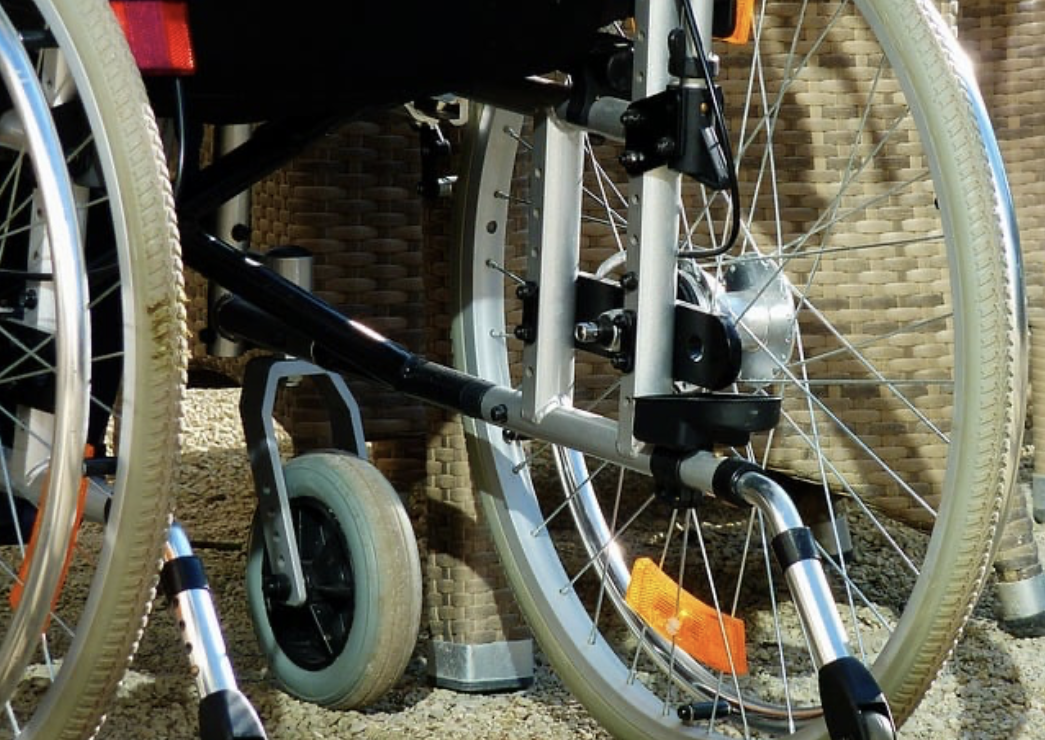What Are the Benefits of Home Accessibility Modifications?
As people age or face mobility challenges, their homes often need modifications to ensure comfort, safety, and independence. Home accessibility modifications can range from simple changes, like installing grab bars, to more significant renovations, such as adding ramps or elevators. These adjustments are designed to make daily activities more accessible and allow individuals to live comfortably and safely in their homes. Here are the key benefits of making modifications to home accessibility.
Enhanced Mobility Within the Home
One of the primary benefits of home accessibility modifications is improved mobility for individuals who may have difficulty moving around their homes. Simple alterations like wider doorways, handrails, and ramps can make a significant difference for people who use wheelchairs or walkers. For multi-story homes, installing home elevators from trusted providers, including StiltzLifts, allows for safe and easy access to all levels of the house. These modifications help individuals reduce reliance on others for assistance by providing easier access to different house parts. Providers of home elevators offer compact, modern designs that integrate seamlessly into the home, offering a practical solution for those with mobility challenges.
Increased Safety and Improved Independence
Modifying the home environment can significantly reduce falls. Features like slip-resistant flooring, bathroom grab bars, and stair lifts can prevent accidents by providing extra support where needed most. Even something as simple as improved lighting in hallways and staircases can significantly enhance safety by reducing the chance of tripping. These safety measures not only protect individuals from harm but also provide peace of mind for family members who worry about the well-being of their loved ones. A safer home environment leads to greater confidence for those navigating it.
Accessibility modifications empower individuals to perform daily tasks without constant assistance from caregivers or family members. Modifications such as lever-style door handles, walk-in showers, or lower kitchen counters make it easier for individuals with limited mobility to handle routine activities, such as cooking, cleaning, and personal hygiene. Maintaining independence is crucial for mental and emotional well-being, especially for older adults who want to stay home. With the proper modifications, individuals can enjoy a higher quality of life without feeling like they've lost their autonomy.
Convenience for Caregivers
Home modifications can also make life easier for caregivers. By creating a more accessible and efficient home layout, caregivers can help individuals with their daily routines more efficiently, reducing the physical strain and time required for care. For example, adding a walk-in bathtub or stair lift can minimize the risk of injury for the individual and the caregiver assisting them. This is especially important for family caregivers who may not have formal training in lifting or transferring individuals. With accessibility modifications, caregivers can focus more on providing care and less on navigating physical obstacles within the home.
Long-Term Cost Savings
While some home modifications may require an upfront investment, they often lead to significant long-term savings by reducing the need for external care services or frequent hospital visits due to accidents. For example, preventing falls and injuries through modifications can help avoid expensive medical bills and rehabilitation costs. Additionally, home modifications may delay or eliminate the need for assisted living or nursing home care, which can be a significant financial burden. In many cases, the cost of making a home more accessible is far less than that of long-term care facilities.
Increased Home Value
Home accessibility modifications can also increase a property's value. As the population ages, there is a growing demand for homes with features that accommodate older adults or people with disabilities. Homes with ramps, wider doorways, and accessible bathrooms may appeal to a broader market, making them easier to sell. Moreover, modifications like home elevators, walk-in showers, or stair lifts are not only practical but can also add to the home's overall aesthetic and modern appeal. Potential buyers may see these features as valuable additions, increasing the home's marketability.
Future-Proofing Your Home
By making accessibility modifications, you are future-proofing your home to meet your needs as you age. Even if you don't currently require accessibility features, planning ensures your home will remain comfortable and functional as your mobility needs change over time. This eliminates the need for rushed renovations in the future and provides long-term peace of mind. In addition to meeting your needs, future-proofing your home makes it more accommodating for visitors with mobility challenges. Whether it's family members or friends, having an accessible home lets you quickly welcome everyone.
Home accessibility modifications offer numerous benefits, from improving mobility and safety to enhancing independence and convenience. Whether you need to make immediate changes or plan for the future, these modifications ensure that your home remains a comfortable and secure space for years. With the proper modifications, you can create a living environment that meets your needs and allows you to age in place confidently.







